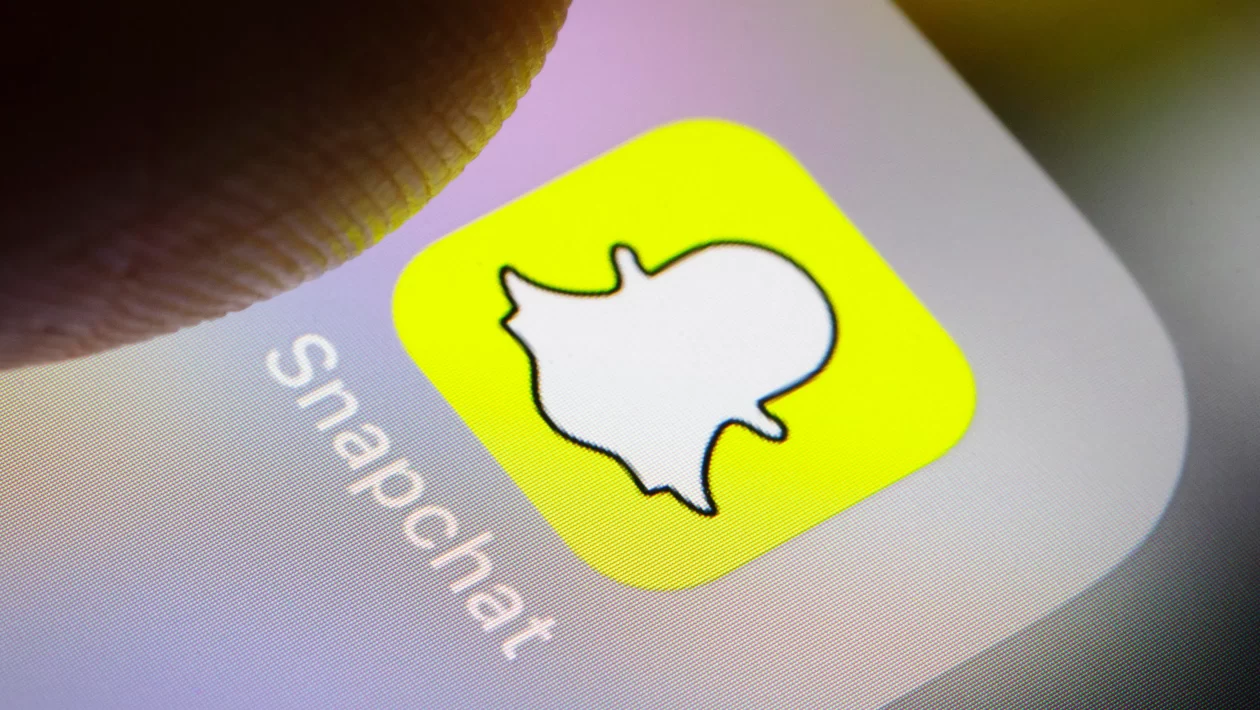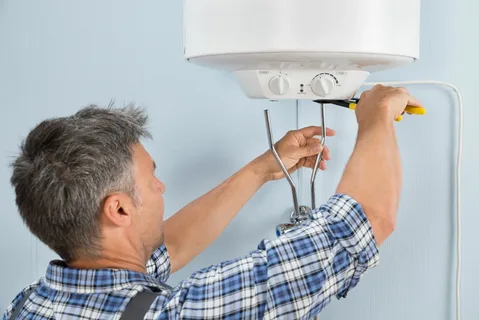Table of Contents
Snapchat can be used as a networking tool, although it is primarily known as a platform to share photos and videos with friends. While platforms like LinkedIn are more commonly associated with professional networking, Snapchat can be leveraged to connect with others in various ways. Here are some ways you can use Snapchat for networking.
Building relationships
Snapchat’s direct messaging feature allows you to have one-on-one conversations with people. You can use this feature to connect with professionals, industry experts, or potential collaborators. Engaging in meaningful conversations and establishing relationships can lead to networking opportunities.
Sharing insights
Snapchat Stories provide a platform to share short, engaging content with your followers. You can use this feature to showcase your expertise, share insights, or provide valuable information related to your industry. By consistently sharing relevant content, you can attract like-minded individuals and expand your network.
Attending events and conferences
Many events and conferences now have their presence on Snapchat. You can follow their official accounts or event hashtags to stay updated on the latest happenings. This allows you to connect with other attendees, share experiences, and potentially meet new contacts.
Joining industry-related groups
Snapchat has various public or private groups focused on specific industries or interests. Joining these groups can provide networking opportunities by connecting you with individuals who share common professional interests. You can take part in discussions, get answers to questions, and learn from others within the group.
Collaboration and partnerships
Snapchat’s multimedia capabilities make it an ideal platform for collaboration and partnerships. You can connect with other professionals in your field and explore potential collaborations, such as joint projects, co-marketing efforts, or influencer partnerships.
Deterrents to networking on Snapchat
Obviously, something like being blocked on Snapchat will deter you from networking. While there is no direct way to know if someone has blocked you, there are a few indicators.
Messages not delivered
Normally, you would see a “delivered” status under the message, but if it remains stuck on the “pending” or “sending” status for a long time, it could be an indication that you’ve been blocked.
Unable to view content
If you were previously able to view someone’s Snapchat Stories or see their Bitmoji on the Snap Map, but suddenly you can no longer access their content, it might mean you have been blocked. Blocked users usually lose access to the person’s public content.
Disappeared from friends
If someone has blocked you, they will no longer appear in your friends list. If you remember being friends with them previously, and now you can’t find their username in your friend list or when searching for it, it could be an indication of being blocked.
Profile not found
If you attempt to search for the person’s username on Snapchat and their profile doesn’t appear in the search results, it suggests that you may have been blocked. Alternatively, they deleted their profile.
If all of the above indications are present, you’ve probably been blocked. What now?
Reflect on the situation
Take some time to reflect on why you may have been blocked. Consider whether there were any misunderstandings, conflicts, or inappropriate behavior that could have led to the block. It’s important to learn from such experiences and make any necessary changes to your online interactions.
Focus on other connections
While being blocked can be disappointing, it’s essential to focus on other connections and interactions. Snapchat provides numerous opportunities to connect with new people and strengthen existing relationships. Spend time engaging with other friends, exploring new content, and building positive connections within the platform.





